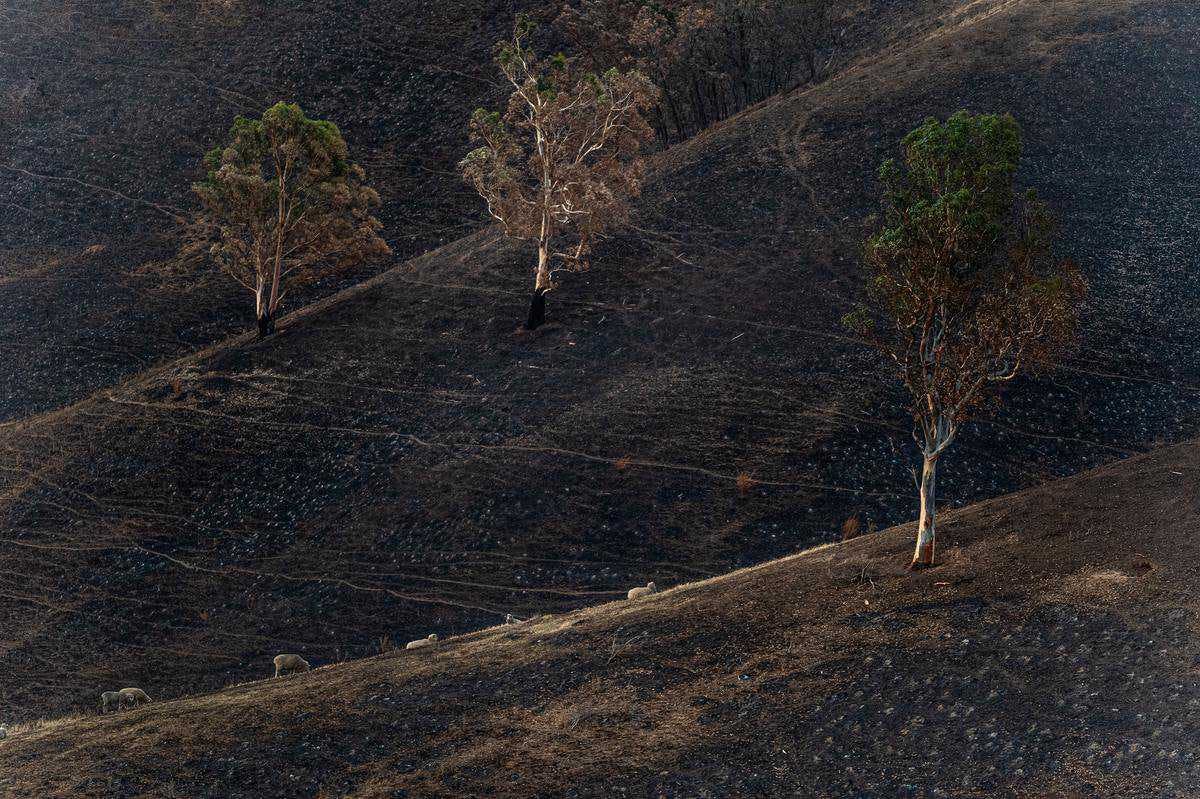The CSIRO and the NSW Rural Fire Service have released a new modelling system for predicting the speed and behaviour of eucalyptus forest fires. The model will help protect lives, businesses and properties from fire.
Eucalypts make up more than 70 per cent of Australia’s forests and some of Australia’s most extreme fire events, such as the 2009 Black Saturday fires and the most severe of the black summer bushfires, occurred in eucalyptus forests.
Vesta Mk 2
The new mathematical model of how a fire responds to environmental conditions, named Vesta Mk 2, will be rolled out nationally this summer and help fire control rooms across the country to predict and suppress bushfires as they spread across the landscape.
Vesta Mk 2 has been incorporated into Spark, Australia’s newest operational wildfire simulator developed by CSIRO, Australasian Fire and Emergency Service Authorities Council (AFAC), and Amicus, which is CSIRO’s bushfire knowledge support system to help support future bushfire fighting efforts.
CSIRO bushfire behaviour researcher and leader of the project, Dr Miguel Cruz, said the model used the latest available science on bushfire behaviour.
“This model was built using analysis of the most extensive set of data gathered from observations of large high-intensity experimental fires and wildfires, collated from around the country over the past 40 years,” Dr Cruz said.
“Our research and findings during the 2019/20 bushfire season were also instrumental in the development of this tool.”
How it works
Data inputs such as weather and wind forecast information are entered into the model from the Bureau of Meteorology. Information on the state of fuels within the forest and the existing behaviour of a fire can come from vegetation databases and fireground reports.
Fire behaviour analysts in an incident management team, often stationed at an operations centre near the fire, collate this information and then run the model to generate a prediction of the likely progression of the fire across the landscape.
NSW RFS Deputy Commissioner Preparedness and Capability Kyle Stewart said the new model would be vital in providing essential information about expected fire behaviour to support decision making during bushfire outbreaks this fire season.
“Knowing with confidence where a bushfire will be ahead of time is critical to the safe and effective deployment of our fire crews and the safety of our communities,” Mr Stewart said.
“This is an excellent example of science agencies and the Rural Fire Service working together to improve bushfire management in Australia. It is the latest in a long line of successful collaborations between the RFS and CSIRO.”
The original ‘Project Vesta’ in the 1990s was the largest ever experimental program studying forest fire behaviour in Australia.
How bushfires impact businesses
According to research conducted by Roy Morgan after the black summer fires, over a quarter of Australian businesses reported being either directly or indirectly affected by the fires. Catastrophic fires have long-lasting effects on Australian companies and communities.
Research from NAB showed around 17 per cent of firms closed their business, but this reached 24 per cent in vulnerable bushfire areas. The most significant impact on businesses was reduced cash flows, loss of customers and disruption to suppliers.
In Australia’s changing climate, bushfires are a growing threat to not only brick and mortar businesses but to the overall economy.
NAB chief customer officer business and private banking Anthony Healy said that the bank’s findings suggest many families and businesses face an uncertain future.
“Business owners have also shared the physical and mental health impact of the bushfires, including describing the unsettling effects of having to send employees home and sending customers away due to poor air quality,” Mr Healy said.
CSIRO bushfire behaviour researcher Dr Andrew Sullivan said although much of eastern Australia was expecting a wetter than average summer this year, bushfires were an ever-present danger throughout summer and were increasing in frequency and severity.
He said, “Forests have critical ecological and socio-economic roles and often connect to areas where large numbers of Australians live.
“Forest fires are complex and difficult to control and extinguish, and firefighters often have to battle steep terrain and challenging conditions just to reach the fire.”
He continued: “Critically, this model can accurately predict the speed that a fire front will advance across a landscape, which is essential to enable authorities to efficiently identify threats, issue bushfire warning messages, signal evacuations, and plan fire suppression actions.”
Read about how to prepare your business for a bushfire
Read more: Companies tallying economic hit from bushfires
Read more: Fires, floods and disaster recovery
Keep up to date with our stories on LinkedIn, Twitter, Facebook and Instagram.

